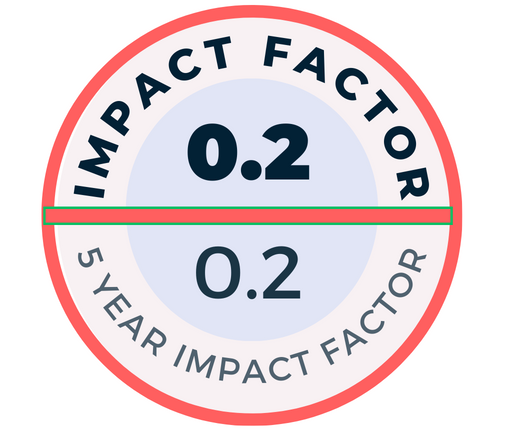OBJECTIVE: We aimed to compare serum cytokine levels of IL- 6, IL-10, TNF-α and TGF-β before
and after atorvastatin therapy in chronic hemodialysis (HD) patients in order to detect infl ammatory and
anti-infl ammatory effects of atorvastatin in this study.
MATERIAL and METHODS: Thirty-one patients (19 male, 12 female) undergoing continuous
hemodialysis with a mean age 48.5+12.8 and dialysis age 12+4.3 years were included in our study.
HD was planned as 3 days a week with Fresenius 4008-B during 4 hours, FX80 with Kt/V >1.4. We
measured the serum cytokine levels of the patients with the ELISA technique, before atorvastatin
therapy and after 40 mg/day atorvastatin administration during 8 weeks.
RESULTS: Hemodialysis leads to a statistically signifi cant increase in proinfl ammatory cytokines (IL6 and TNF-α) and antiinfl ammatory cytokines (IL-10 ve TGF-β). However, atorvastatin therapy acts to
increase IL-6 and IL-10 only due to hemodialysis.
CONCLUSION: Atorvastatin therapy suppressed the increase in TNF-α and TGF-β due to hemodialysis. Suppression of TNF-α, an important
proinfl ammatory cytokine, is a valuable result to emphasize the anti-infl ammatory effect of atorvastatin.

.png)



.png)
